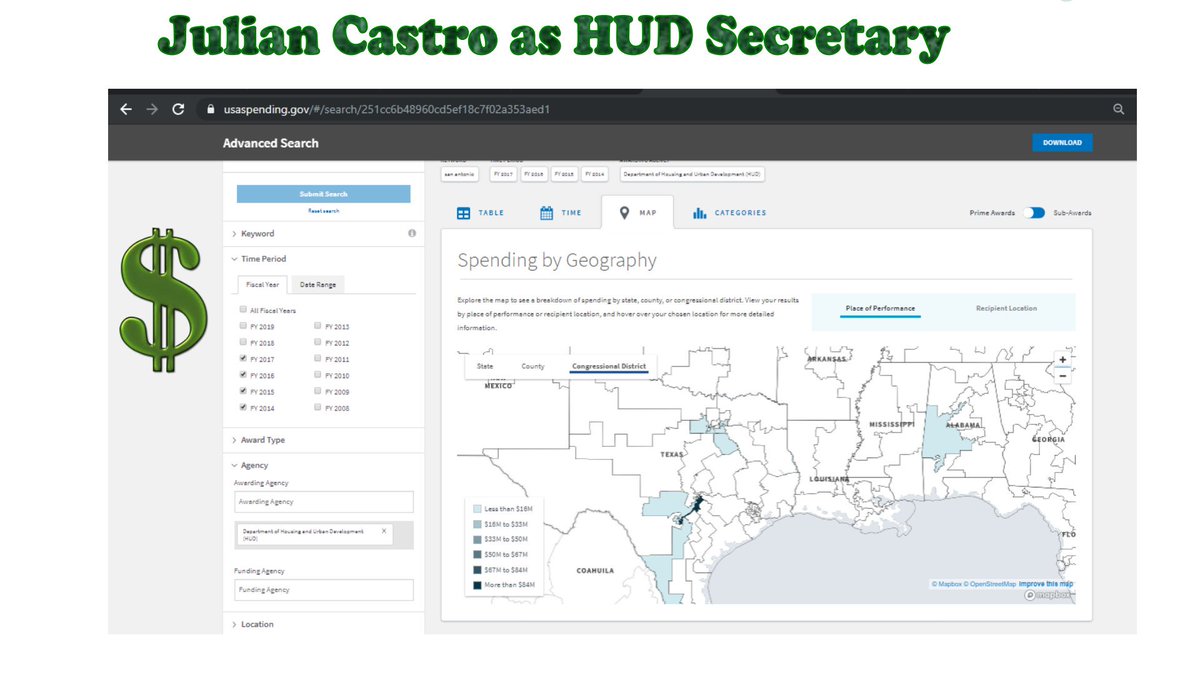(IANAEpidemiologist)
chronicle.com/article/the-co…
www-wsj-com.cdn.ampproject.org/v/s/www.wsj.co…
● Level four (high risk) widespread reports of confirmed pandemic illness within the
community and/or [local school district].
news4sanantonio.com/news/trouble-s…
pewresearch.org/fact-tank/2018…
npr.org/2020/03/11/814…












